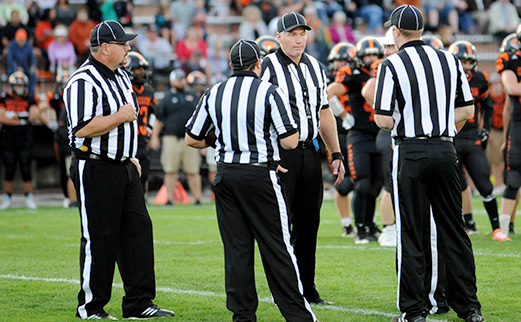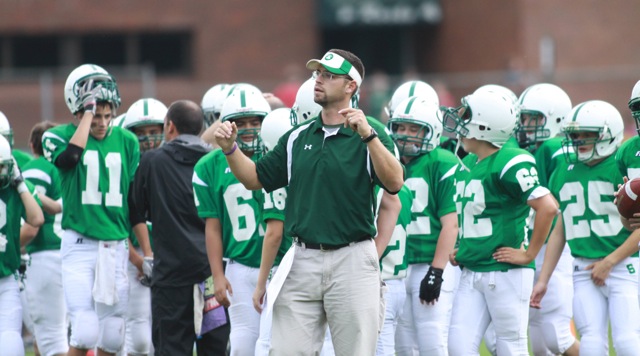What’s causing the decline of female coaches?

Mary Jo Kane, director of the Tucker Center for Research on Girls & Women in Sport at the University of Minnesota, spoke to Minnesota Public Radio last week about the decline in women’s coaches. She said before Title IX, more than 90 percent of coaches in all women sports were female. Today, that number sits at less than 40 percent.
The statistics are undoubtedly troubling, but it’s difficult to identify the cause.“This is the kind of thing that’s impossible to pin down,” she said. “You’re not going to get an athletic director to say whether it’s true or not that men make better coaches.”
Kane did identify a couple problems. She said schools are inclined to give men the high-profile coaching positions because “some people think men make better coaches.” She also pointed to the consolidation that took place inside athletic departments after Title IX was passed.
Prior to 1972, many colleges had separate athletic departments for men and women, with a female and male athletic director leading each program. As departments were consolidated into one program, the men were often given the athletic director position while women were put in associate roles.
“The merger was key,” Kane said. “(The women) by definition ended up being in second place, and that too goes along with the gender stereotypes on who is a leader and who is not a leader.”
Listen to Kane’s interview on Minnesota Public Radio by clicking here.







